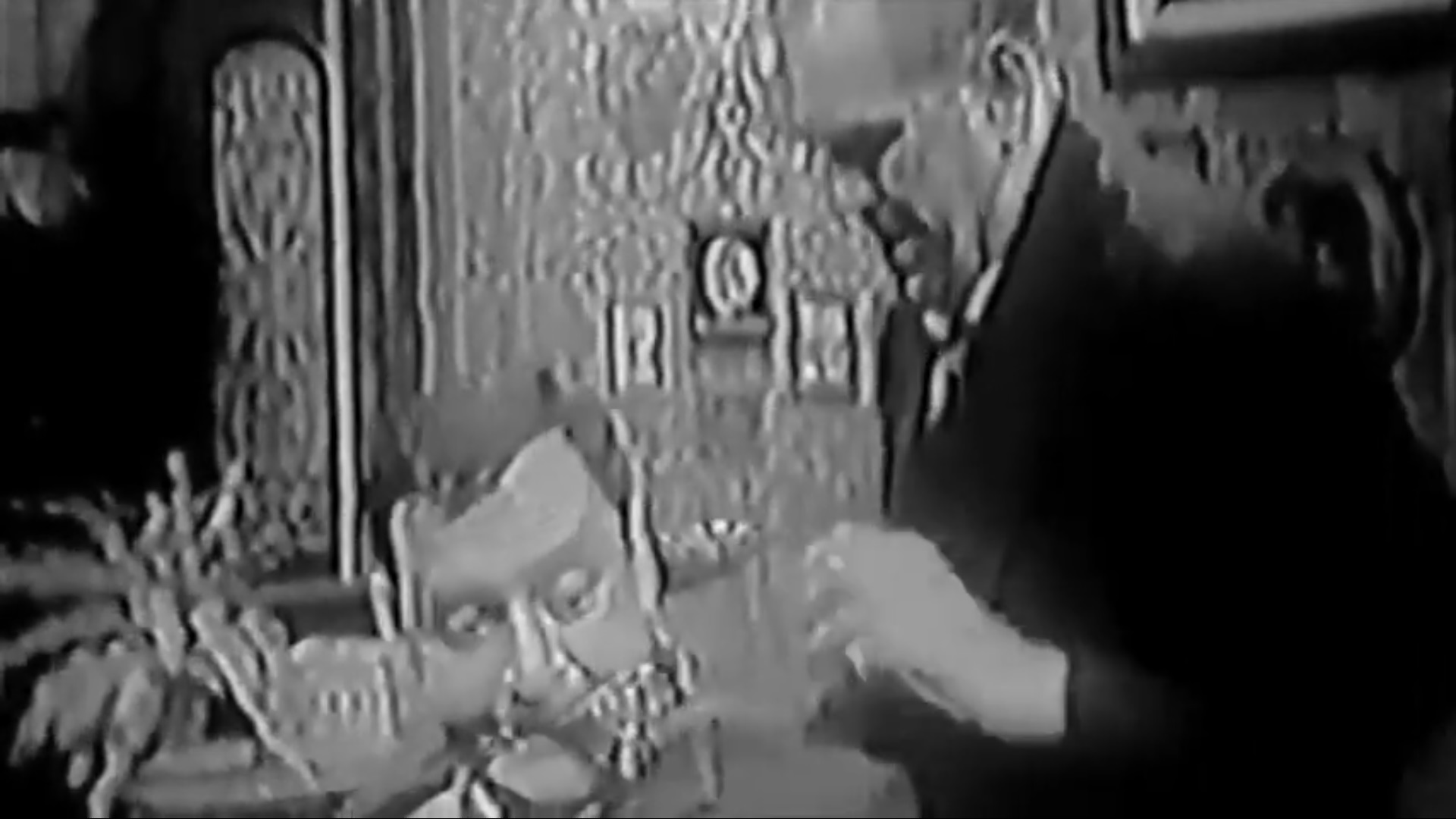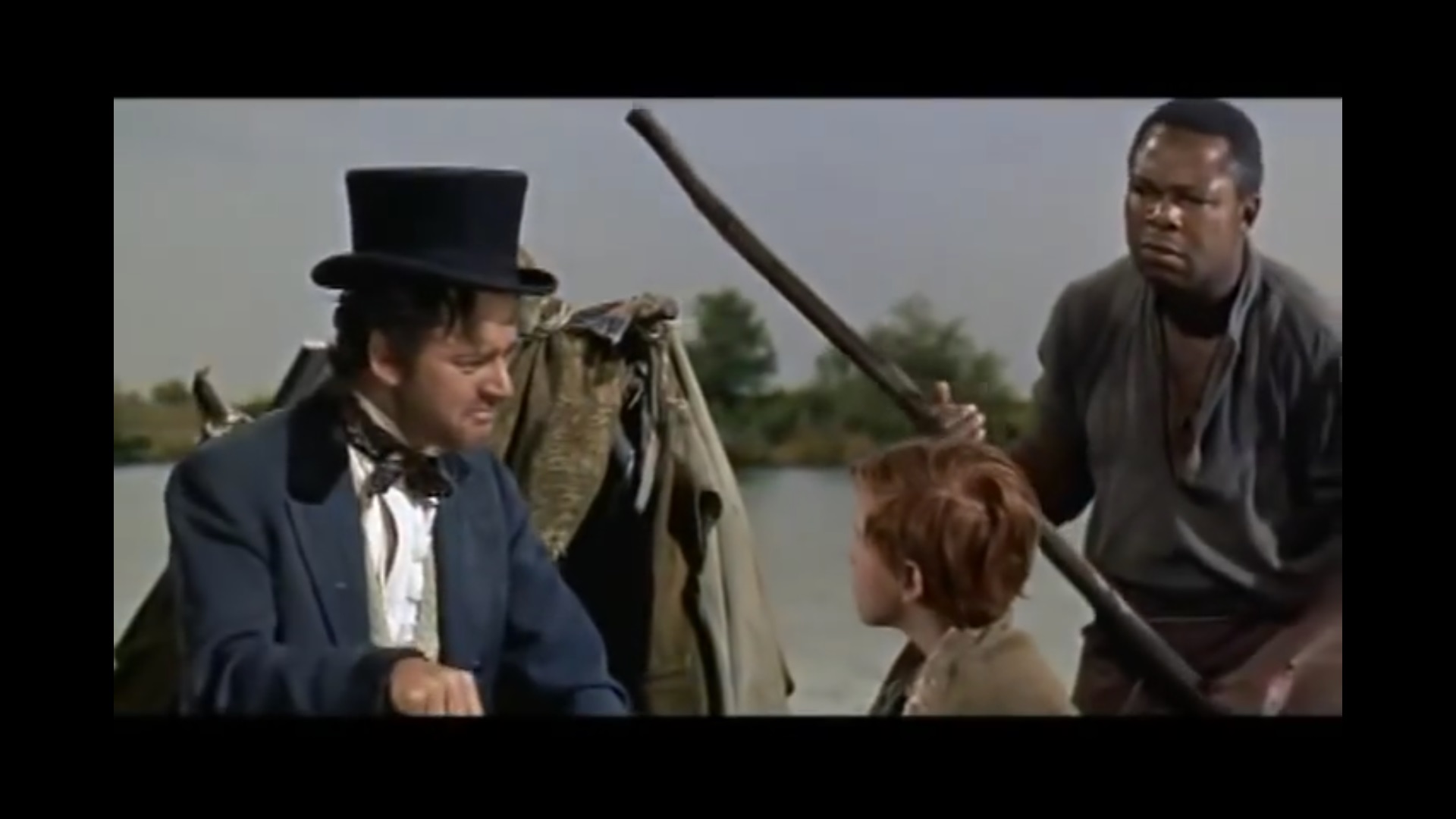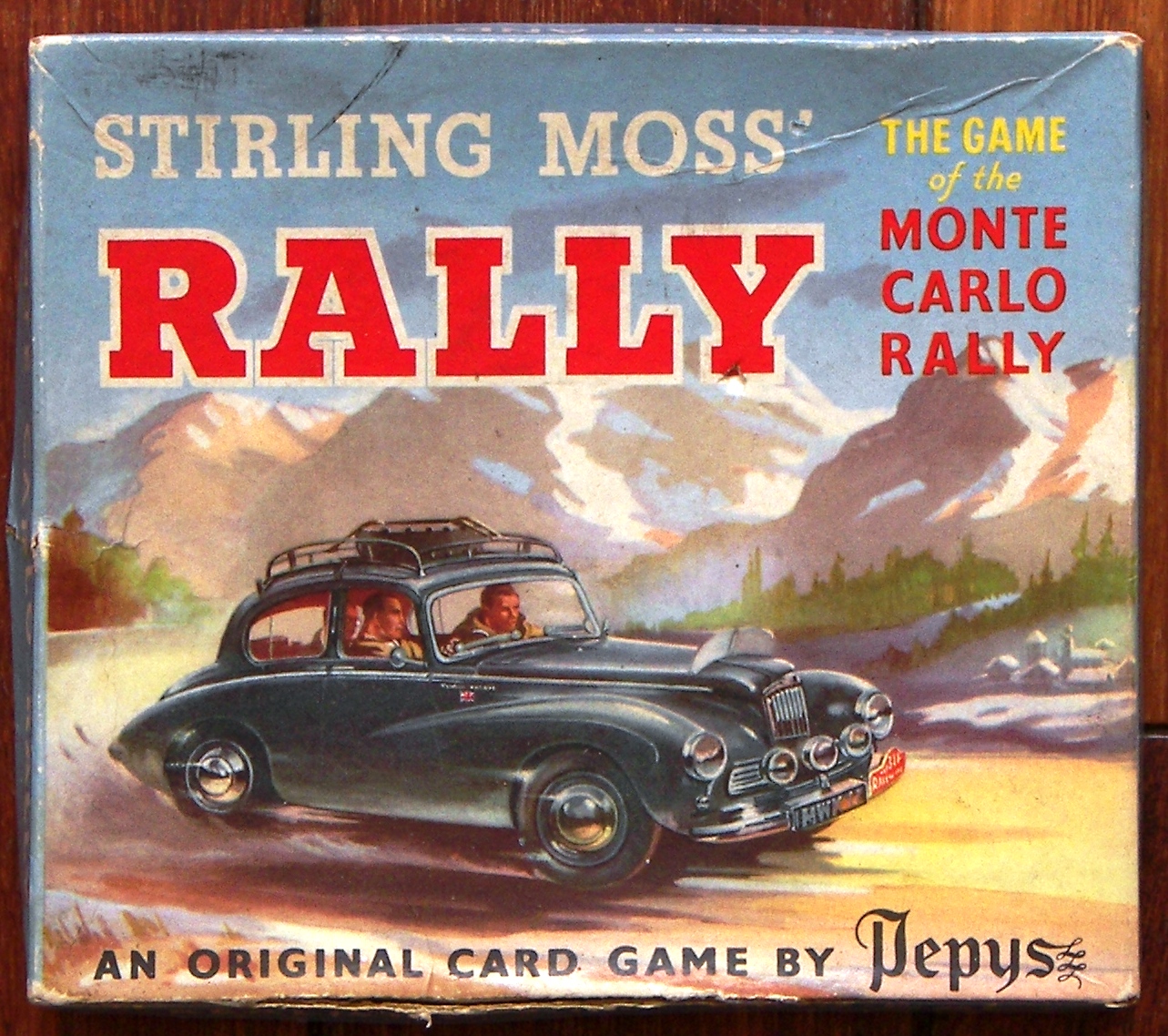
by Lorelei Marcus
Spring is here
The month of spring is upon us, and with it comes the withdrawal of the frigid cold, swaths of buds peeking from their branches, and the boisterous emergence of new life. It's a wonderful time of year, warming the earth until "California Dreaming" is no longer necessary, and promising renewal in general. Yet the most important part of March is not the spring equinox, or another green-centric holiday, or good weather, or flowers, or the fresh start of life.
The most important part of March is the fact that it contains my birthday.
And it just so happened that my special day fell right between two old movie reruns, each of them starring the love of my life, Tony Randall.
I couldn't have asked for a better gift.
Many Happy Buryings
Of course my obligation to consume every piece of media Randall has ever been in is what drove me to watch an obscure TV special of Arsenic and Old Lace . It took that initial incentive, because I have been wary of Arsenic and Old Lace since I'd previously had to watch it (the 1944 film with Cary Grant) in my drama class. Needless to say, the experience was both exasperating and unpleasant. Luckily, this version was neither of the above, and had me hooting with laughter throughout the program.

For those who are unfamiliar with the show, Arsenic and Old Lace is a dark comedy about two sweet old ladies who murder for fun, and their poor nephew, Mortimer Brewster, who discovers their nasty habit and tries to clean up the whole mess. Further conflict arises when Boris Karloff- I mean Jonathan Brewster, Mortimer's brother and a notably malicious murderer, returns home to hide out for a while. As you might imagine, insanity ensues.

The Brewster sisters
I was pleasantly surprised by just how funny this rendition of the classic chaotic plot was. I have to credit the sublimity of the production to three main parts: the acting, the script, and the pacing. I would round off my praise with compliments to the set design as well, but my TV sadly went on the fritz that evening, and I could hardly see what was happening through the snow. Apparently there are still problems the magic of color television cannot fix.

(Not) Boris Karloff and his associate, Dr. Einstein
Yet I still managed to enjoy the show, thanks to some excellent casting choices. Dorothy Stickney and Mildred Natwick play Aunt Abby and Martha Brewster perfectly, with just the right amount of sweetness and charm to build sympathy for these lovely old women, despite their homicidal tendencies. Their banter with each other and their nephews is hysterical, and the contrast of their outwardly harmless appearance with their dark secret is very fun.

Our hero
Boris Karloff is, of course, excellent in his dark, monstrous role. He plays a great foil to the aunts, defining the line between true evil and simply misunderstood. The ladies murder for the claimed benefit of their victims, and they take great delight in their charity work. Jonathan, instead, clearly murders out of spite and has no redeeming qualities whatsoever. The difference is key in establishing who the audience should root for; the homicidal aunties seem a touch less bad and un-relatable when compared with a literal scourge of the Earth.

Sibling rivalry
Though the rest of the cast is marvelous, I'd have to say Tony Randall gives the best performance as Mortimer Brewster, the straightman nephew. You may believe I have a slight bias in favor of Randall at this point, and that's probably true, but I think it's also fair to say that his execution of Mortimer ties the whole show together. Mortimer is a complex balance of a character, always in between being both capable and yet on the edge of a nervous breakdown. If he falls too far in either direction he's either unfunny, annoying, or both. This was the downfall of the first version of Arsenic and Old Lace that I'd watched. That Mortimer was too excitable to get anything done, and spent the entire show whining and floundering around insufferably. Randall was the complete opposite.
He struck the perfect equilibrium of distressed yet productive that made his character both likable and hilarious. The scene where he tries to call his boss to alert him that he can't come into work had me rolling with laughter. I may be severely biased, but here, Randall is deserving of the praise.

Tom Bosley has a humorous turn as Teddy Roosevelt.
The other two great aspects of the show go hand in hand. The dialogue is witty, fun, and delightfully self-aware. I found all the jokes about Jonathan looking like Boris Karloff particularly funny and ironic (given that they got Karloff to play Jonathan!) Alongside the script was the masterful direction, which ensured that the jokes never fell flat and the pacing never dragged. The presentation was very tight and complemented the other positive aspects perfectly. Overall, this version of Arsenic and Old Lace was a splendid time watching the wild antics of the nutty but charming Brewster family. There's not a single flaw that I can find, just a great time, therefore I give it five stars.
Down to New Orleans

The second film, The Adventures of Huckleberry Finn , aired a week later as the local Saturday night movie. It kept in keeping with the theme of dark yet funny classics. Based on the 1884 novel of the same name, the film follows a young Huckleberry Finn as he runs away from his abusive father and takes a raft down the Mississippi with his friend and runaway slave, Jim. Finn and Jim encounter a variety of obstacles on their journey, including a feuding family, slave hunters, and a couple of cunning swindlers who rope them into their con. Eventually, they get through it all thanks in part to Finn's ability to lie through his teeth, and the story ends bittersweetly as the traveling pair must seperate and pursue their own paths.

A pensive Huck contemplates a world without shoes
I definitely enjoyed the movie, though I think I would rather read the novel if I would ever consume the story of Huck Finn again. The pacing drags at the beginning, probably due to some poor direction choices and Eddie Hodges' (Huck Finn) stiff acting. Both improve as the show goes on, but the first hour could benefit from being about 20% shorter.

Jim convinces Huck to board his raft
This also may have been a case where Tony Randall's superb acting skills actually hurt the production. Randall plays "The King of France," the brains of the two grifters who force Finn to play along in one of their plots. Unfortunately, he gives the role such charisma and personality that it took me nearly the whole movie to realize his character was supposed to be the villain! Perhaps in hindsight the child-threatening and attempted gold theft should have tipped me off, but truly, who can hate a man that competent at what he does? (Especially one that looks like Tony Randall)

The villain?
My favorite part of the movie was the nuanced way it conveyed its abolitionist themes. Despite explicitly stating several times how "freeing slaves is wrong," the story develops Jim just enough that we empathize with him and hope that he acquires his freedom. Archie Moore's lovable performance also aids in building rapport and getting the audience to root for Jim, especially in heart-wrenching scenes like when he tearfully describes regret at hitting his daughter. This subtle antiracism is a bit new to me, compared all the (justified) current protests and riots that are explicitly denouncing unequal treatment of the black community. It gives me hope that perhaps art like this can be used to bridge the gap of understanding to those who insist on marching in white sheets.

Poignant stuff — who can but wince when seeing a man in chains?
The film is also fairly amusing, with a few solid jokes, and some good physical comedy and dialogue. The funnest part was seeing all the crazy tall tales Finn comes up with to get out of tight situations. I found it very funny that Finn ultimately never gets punished for any of his fibs, subtly implying that the only way to successfully get through life is to flat out lie all the time. I personally haven't read The Adventures of Huckleberry Finn , so I don't know if this theme is an artifact of Mark Twain's writing, or just some poor script and direction choices. Despite its flaws, the movie successfully told the story and conveyed the messages it was trying to, all while being fairly entertaining along the way. I give it three stars.

Bittersweet parting
Seventeen candles
And with that, my birthday festivities have come to a close. I think it's time I step away from the silver screen and instead take a walk outside and appreciate the dawning spring. The experience of another year has granted me new wisdom, and I'd like to see what life has to offer outside the artificial television set.
At least, until the next Tony Randall movie comes along.
This is the Young traveler, signing out.

![[March 24, 1966] Dark Comedy and Birthday Wishes (a Tony Randall double feature)](https://galacticjourney.org/wp-content/uploads/2021/03/660324b04-672x372.jpg)

![[February 10, 1966] Within and without (Isaac Asimov's <i>Fantastic Voyage</i> and Samuel R. Delany's <i>Empire Star</i>)](https://galacticjourney.org/wp-content/uploads/2021/02/660210cover-672x372.jpg)







![[December 31, 1965] Untermag (January 1966 <i>Analog</i>](https://galacticjourney.org/wp-content/uploads/2020/12/651231cover-600x372.jpg)








![[October 12, 1965] Gaming Across the Pond (Wargaming in Britain)](https://galacticjourney.org/wp-content/uploads/2020/10/651012cricket-672x372.jpg)







![[September 30, 1965] Big and Little Bangs (October 1965 <i>Analog</i>)](https://galacticjourney.org/wp-content/uploads/2020/09/650930cover-672x372.jpg)


















![[March 25, 1965] We still get letters!](https://galacticjourney.org/wp-content/uploads/2020/03/1965.3-672x372.jpg)








![[February 26, 1965] Dare to be Mediocre (February Galactoscope #2)](https://galacticjourney.org/wp-content/uploads/2020/02/650226covers-655x372.jpg)







